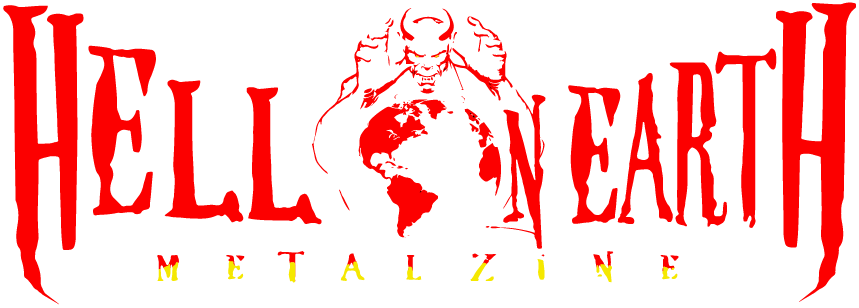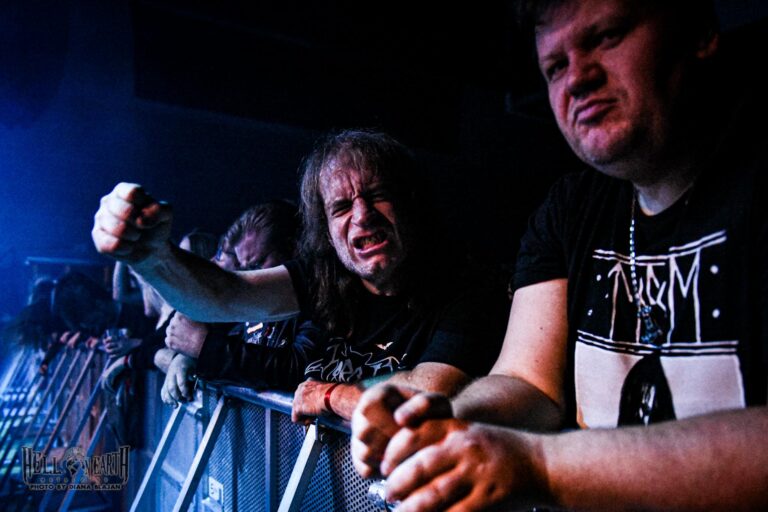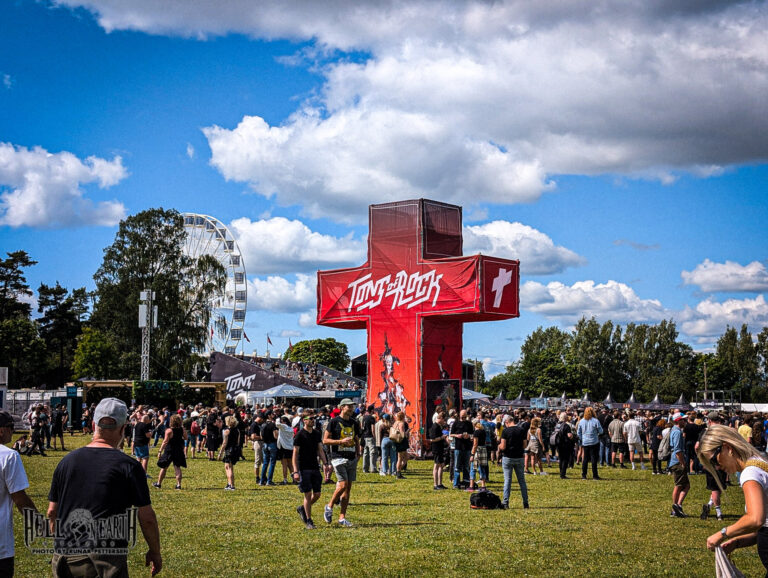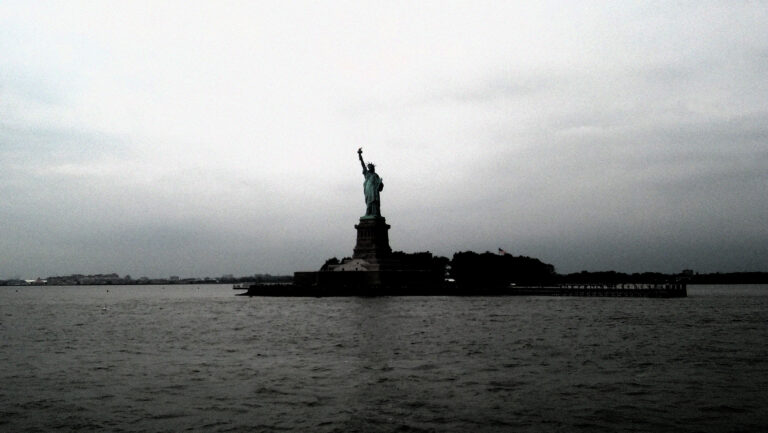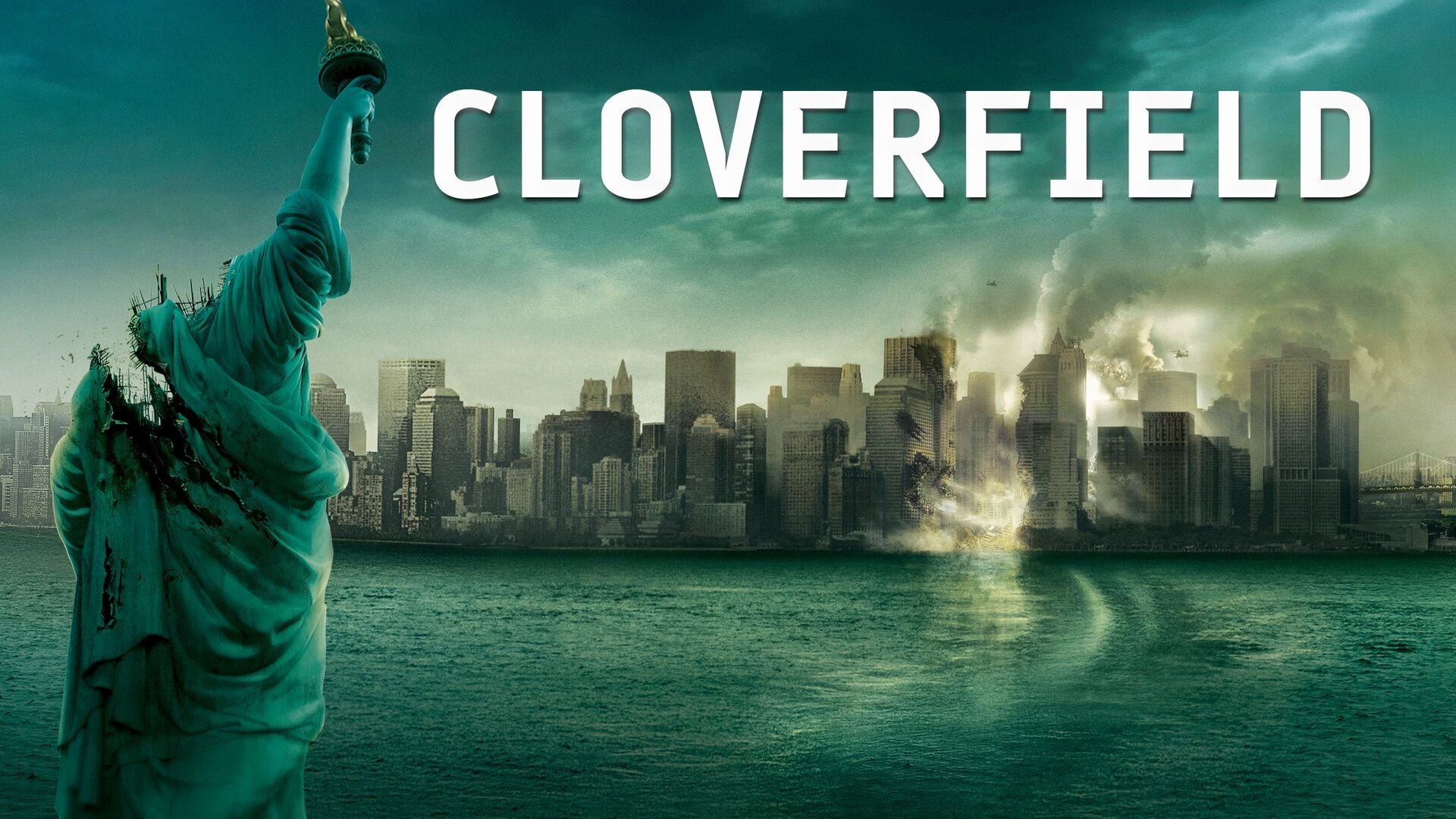
Rob (Michael Stahl-David) is soon about to move away, and in that connection, a farewell party is held for him. The party is marked by intrigue, eagerly documented by Hud and his digital camera—until it’s suddenly interrupted by what appears to be an earthquake. The party rushes to the roof to see what’s happening, only to witness Manhattan under attack by something unknown. Huge explosions nearby trigger panic, and soon their own building is at risk. Now, it’s all about saving their own skin.
Yet another disaster film evoking thoughts of both 9/11 and Godzilla, where we’re immersed in a hectic and realistic feeling of being there ourselves.
The entire film is shown through a handheld camera, similar to “Cannibal Holocaust,” “The Blair Witch Project,” and “Diary of the Dead.” This technique has both advantages and disadvantages. It creates a realistic sensation, making us feel involved in the events. On the other hand, it’s not particularly visually pleasing, and since we know it’s just a film, the shaky camera merely becomes a reminder of that. Still, Cloverfield largely works, particularly in simple sequences. The introduction, where we participate in the party before chaos erupts, is mostly irritating and lasts for over fifteen minutes, making it dull as dishwater—but once it kicks off, things get pretty intense. Unfortunately, this drags on somewhat, as the story doesn’t evolve much beyond following our group fleeing from a monster. In this sense, traditional storytelling might have been more engaging than seeing everything through a handheld camera. However, it’s certainly an interesting approach to storytelling.
The film definitely has its highlights and will probably resonate with many viewers. Personally, I have to deduct points for both the monster and the thin plot, but I give credit for the occasionally intense disaster scenes.
